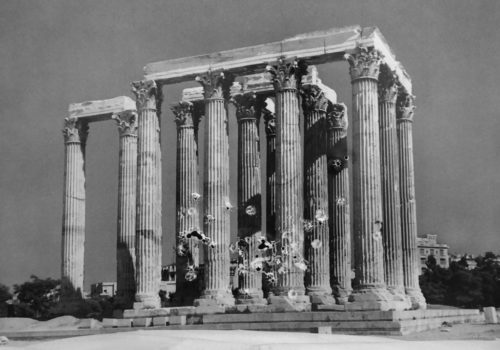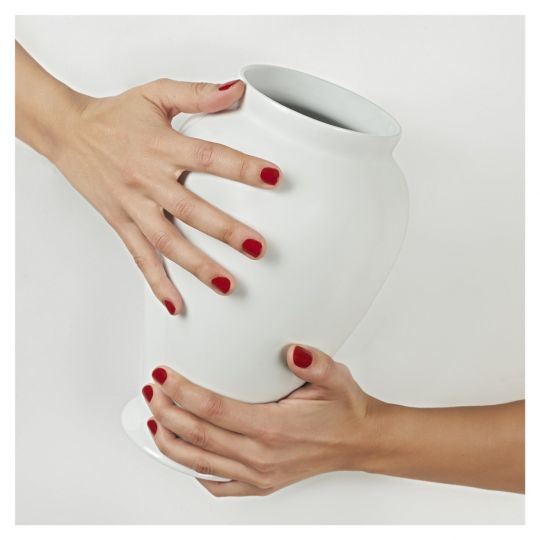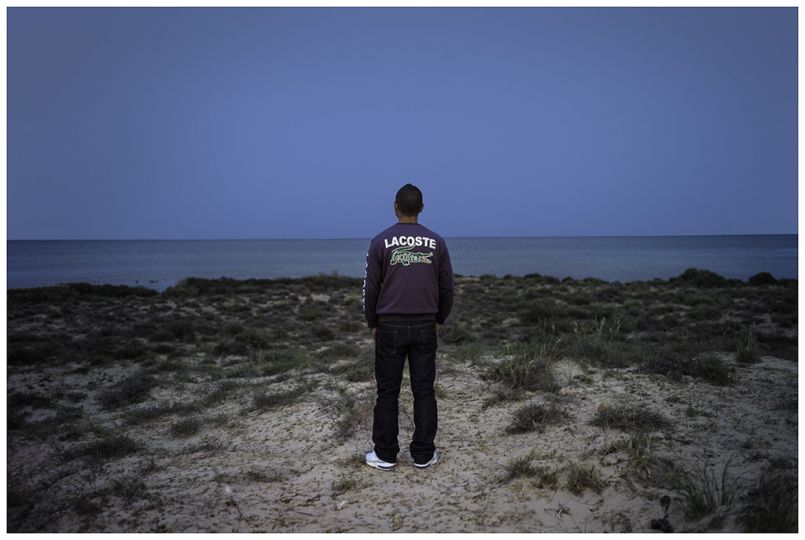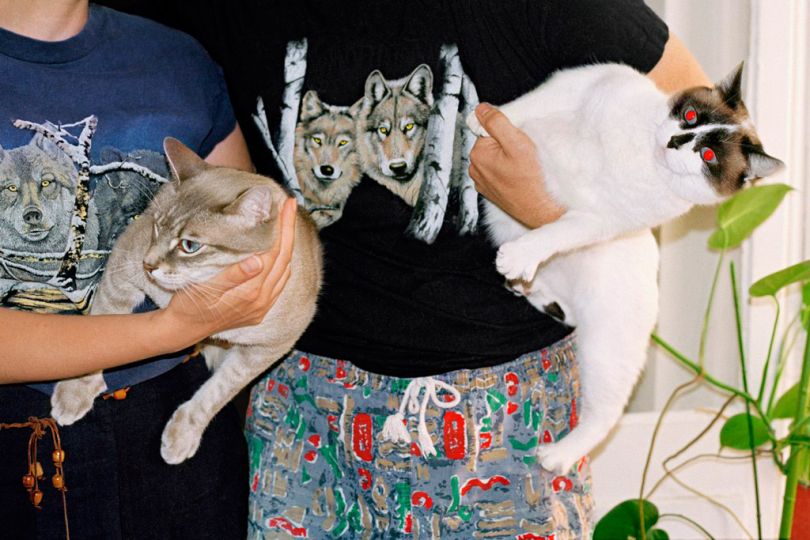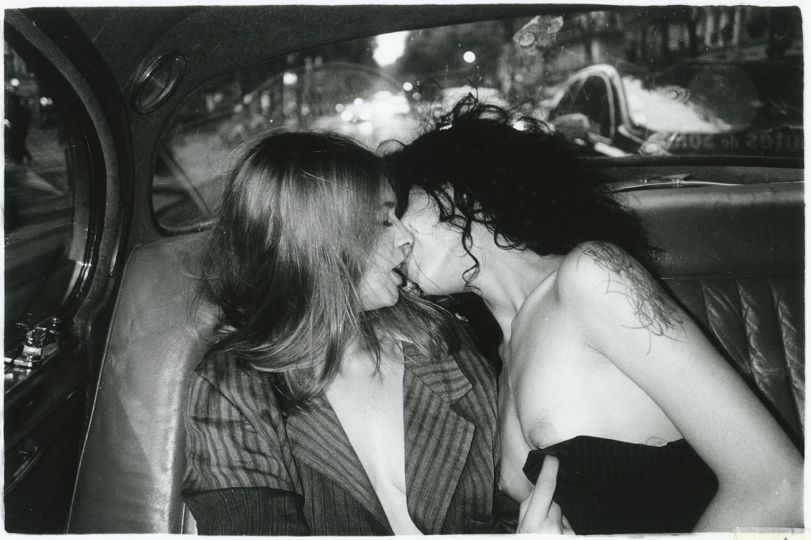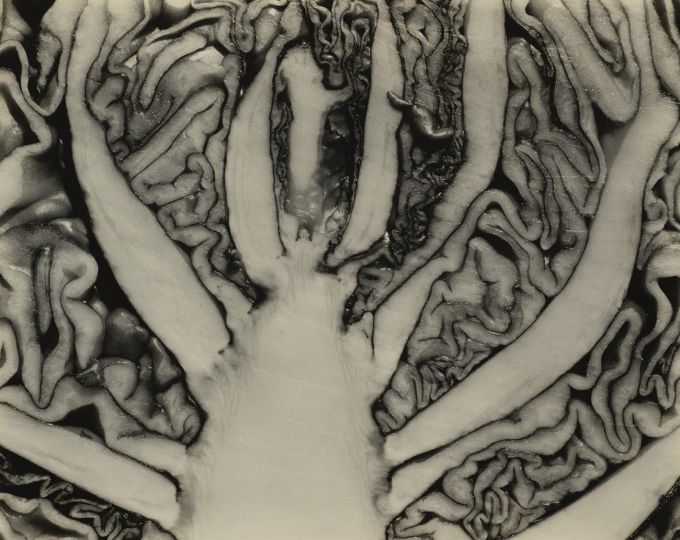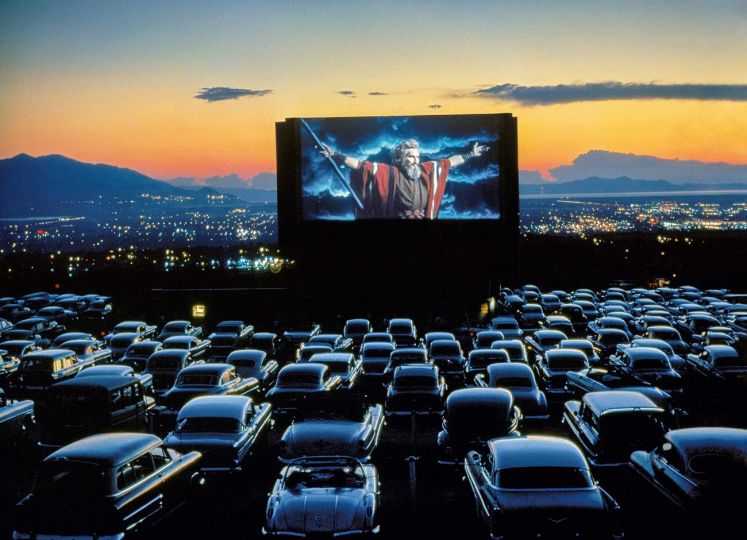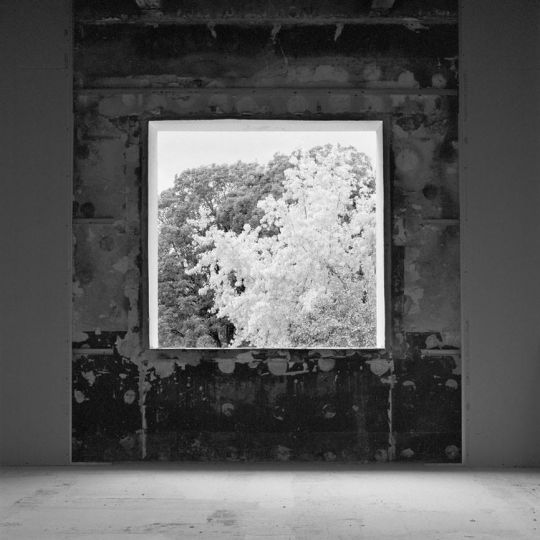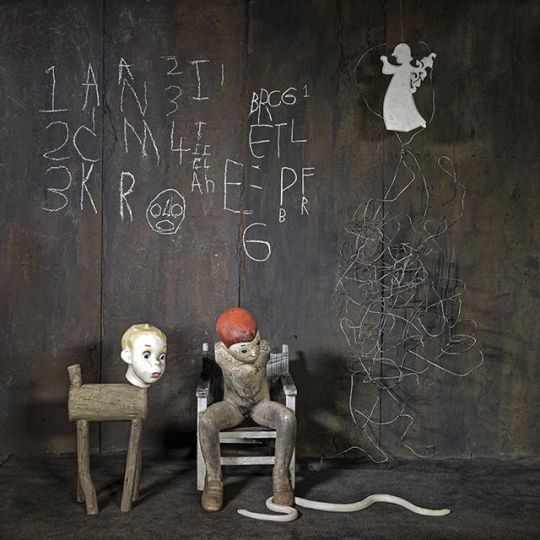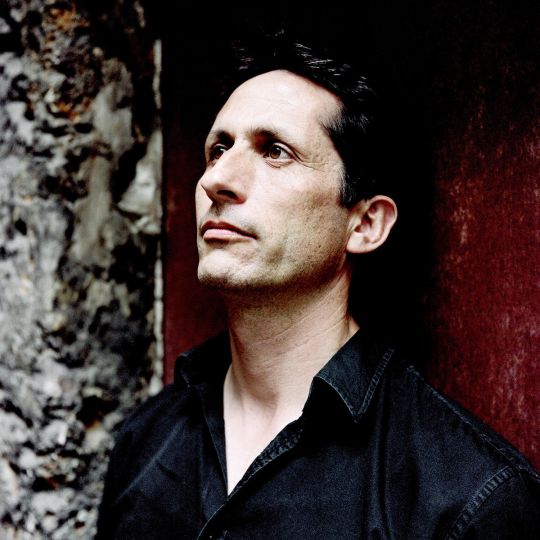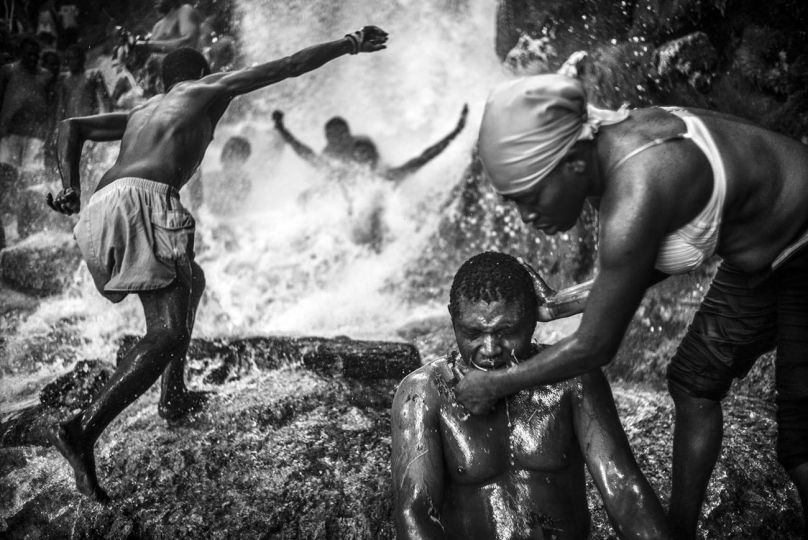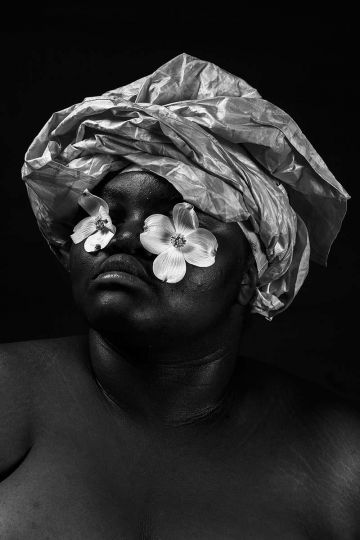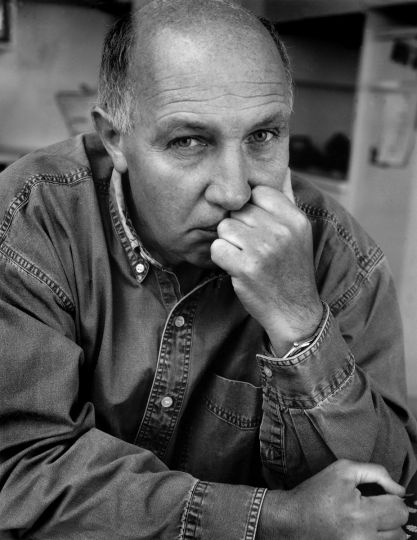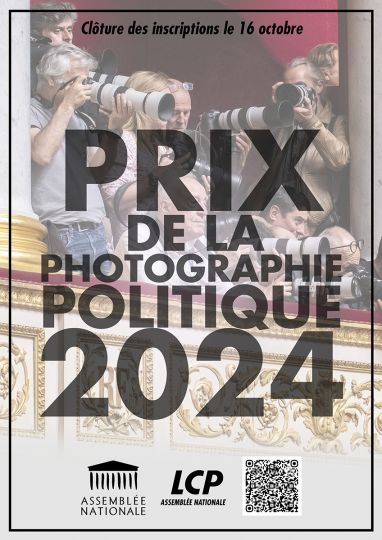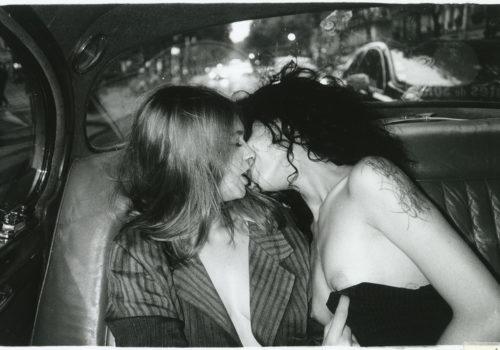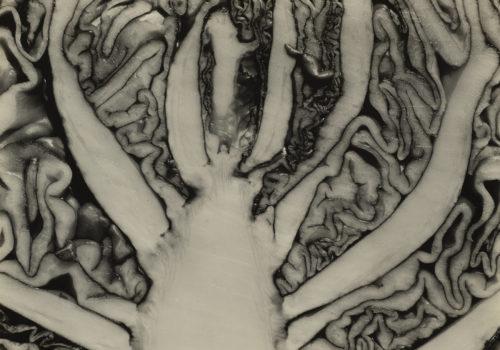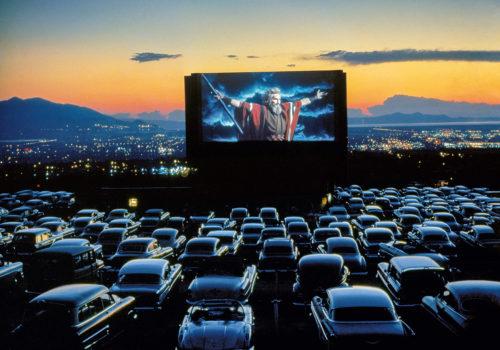Dune Varela, winner of the 2016 BMW residency at the Nicéphore Niépce Museum, has just spent three months with the museum team who accompanied and followed her step by step. As a preview, here are the first images of a work to be seen in its entirety at the Rencontres d’Arles next summer.
Before devoting herself to photography, the Franco-American photographer, Dune Varela, studied law in Paris and then cinema in New York. After being interested in the landscape and its representation, she has recently directed her photographic work towards a more artistic approach. The evidence, the images that she produced as part of her residency at the Nicéphore Nièpce Museum. Her new series had its source in the depths of the museum where she drew on images of temples that she then scanned to produce prints laminated onto aluminium. This first stage was only a preparatory phase of her project since, after that, she really re-appropriated these anonymous images by an act of intervention. Inspired by artists such as Niki de Saint Phalle, Lucio Fontana and Julio Le Parc, Dune Varela, armed with a Smith & Wesson loaded with .38 calibre bullets, made a radical gesture by shooting at the images. The result is a series of unique works whose meaning and symbolism resonate particularly with the serious disruptions of the present time.
Obviously, Dune Varela didn’t choose images of temples by accident. A sacred place, the temple is above all synonymous with civilisation created by mankind. We can also think about Palmyra… Far from being anecdotal, her gesture is almost synonymous with commitment. In any case it speaks of her point of view – and her anxieties – of today’s world. Isn’t that precisely the role of the artist, to make us see the world differently.
The same applies to the other researches for the work carried out by Dune Varela during her three month residency at the Nicéphore Nièpce Museum. For each of them it is a question, as in her earlier works, of reflection on the visible and the invisible, of the discrepancy that sometimes exists between what the eye perceives and reality… What animates her work, is the experimentation and the materiality that make her works real objects. Some of them are closer to sculpture than to photographic prints. That is certainly the case when she tears up the prints before reconstituting the image freely by pressing it into plaster… Dune Varela destroys in order to remodel and reconstruct reality… and demonstrates that photography has no boundaries. We can’t wait to see her exhibition – or installation? – at the next Rencontres d’Arles.
Sophie Bernard
http://www.museeniepce.com/index.php?/musee/s-engager-avec-le-musee/Mecenes-et-Partenaires

